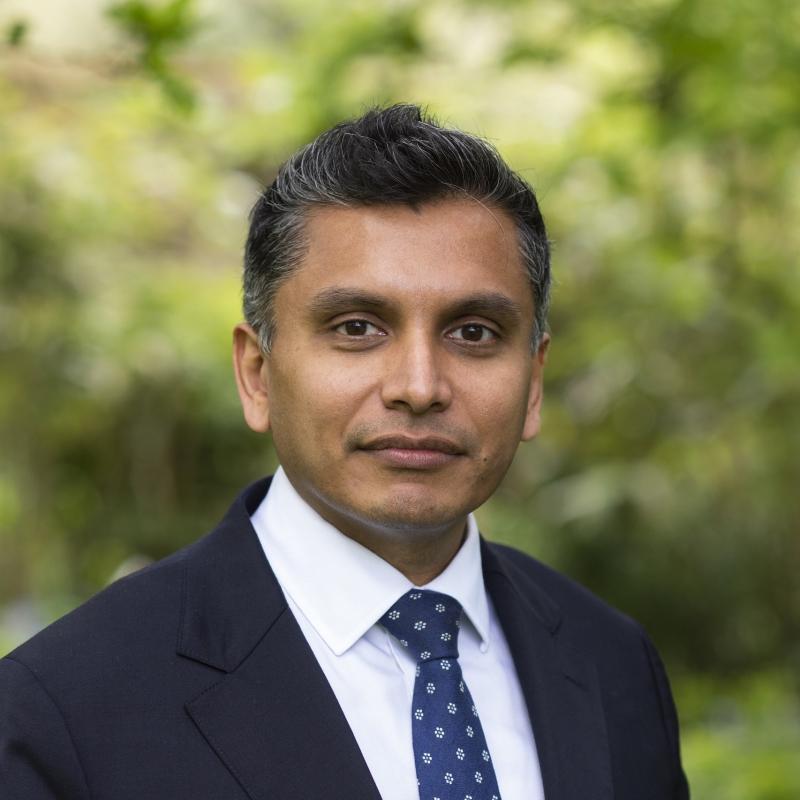Why use the case method in public policy teaching?
Understand the fundamentals of the case method and how it can improve your public policy teaching.

Public policy leaders have to make difficult decisions on a daily basis.
In a model environment, where outcomes are certain and time-unlimited, they would choose a course of action based on a thorough evaluation of both evidence and ethics. But the model environment does not exist. Policymakers often must make decisions under intense time pressure, with high stakes and limited access to data. Even if they did have all the factual information they needed, however, problems are never straightforward – societal values always complicate such decisions.
As the ongoing COVID-19 pandemic reminds us, the debate around vaccines provides one such example of these difficult decisions. While a consensus of scientific evidence shows that vaccines are highly effective at preventing fatalities, ethical concerns may prevent a public leader from making vaccines legally compulsory. A policymaker has to consider questions of bodily autonomy, parental and children’s rights, religious objections, and the extent of a state’s right to intervene in matters of public health, among other issues. Even after a thorough ethical evaluation, this decision would likely involve a trade-off between competing values.
What is the case method?
Also known as ‘participant-centred learning’, the case method was first developed in law schools in the nineteenth century as a means to educate lawyers in the application of common-law principles. From there, business schools and other professional schools began adopting the case method for the explicit purpose of building the skill of judgement. As it is now understood, the case method is a discussion-based system of learning with case studies forming the basis for each class.
Case studies typically have two features: (1) a difficult decision and (2) a protagonist who must make that decision. They are usually descriptive in nature, laying out the facts and context around the decision, as experienced by the protagonist. The case does not provide any analysis or judgement. Instead, students must put themselves in the shoes of the protagonist, consider alternative options, make a decision, and be prepared to defend that choice to fellow participants. The case method thus builds skills of judgement by allowing students to practice decision-making, hear diverse views from their learning community, and reflect on the feedback they receive from peers and the instructor.
Instructors play a vital role in orchestrating the classroom to create an effective learning experience. A successful case discussion relies on a good teaching plan and a well-nurtured learning community. Instructors can design a case study’s teaching plan to elucidate a particular theory or tool, or to explore some uncharted empirical phenomenon. They must also manage the case discussion, ensuring that students learn to understand differences in judgement and to collaborate where appropriate to solve the challenges raised by the case study.
The case method in schools of public policy
Unlike schools of business and law, schools of government have only occasionally employed the case method. Their primary objective has typically been to ensure that students acquire a body of knowledge of public policy theories and tools, rather than teaching for high-pressure decision-making, in which the case method excels. But the skills of good judgement are just as important to public leaders as they are to CEOs and lawyers – if not more so. To prepare students for such difficult decision-making, schools of government need to go beyond teaching academic theory. Using the case method, they can provide an education in judgement.
Considering that we cannot expect decision-makers to make complex calculations and complete ethical evaluations each time they are faced with a decision, how can we instead ensure that they rely on good reflexes? Traditional university teaching approaches, where knowledge is transmitted from teacher to student, are only partly helpful in educating for judgement. In the lecture model, for example, the student learns to look to the authority (the instructor) for the ‘right’ frameworks. Students absorb explicit knowledge about how to solve problems. However, beyond such knowledge, students need to develop the instinct to identify and structure problems. Then, once they have recognised the problem, they need to practice applying both conceptual knowledge and ethical values to generate good decisions. This is the promise of the case method. Through the practice of working through difficult decisions in case discussions, students can develop the skills of good judgement.
Karthik Ramanna is Professor of Business and Public Policy and director of the Case Centre on Public Leadership at the Blavatnik School. Oenone Kubie is Case Writer at the Case Centre on Public Leadership. This piece has been adapted from: Karthik Ramanna and Oenone Kubie, ‘Building better judgement amongst policymakers using the case-study method’, Blavatnik School of Government, 2020.
Using our cases
If you would like to learn more about using the case method in public policy teaching, you can access our background notes, How to write case studies for public policy education and Building better judgement amongst policymakers using the case-study method on the Case Centre.

